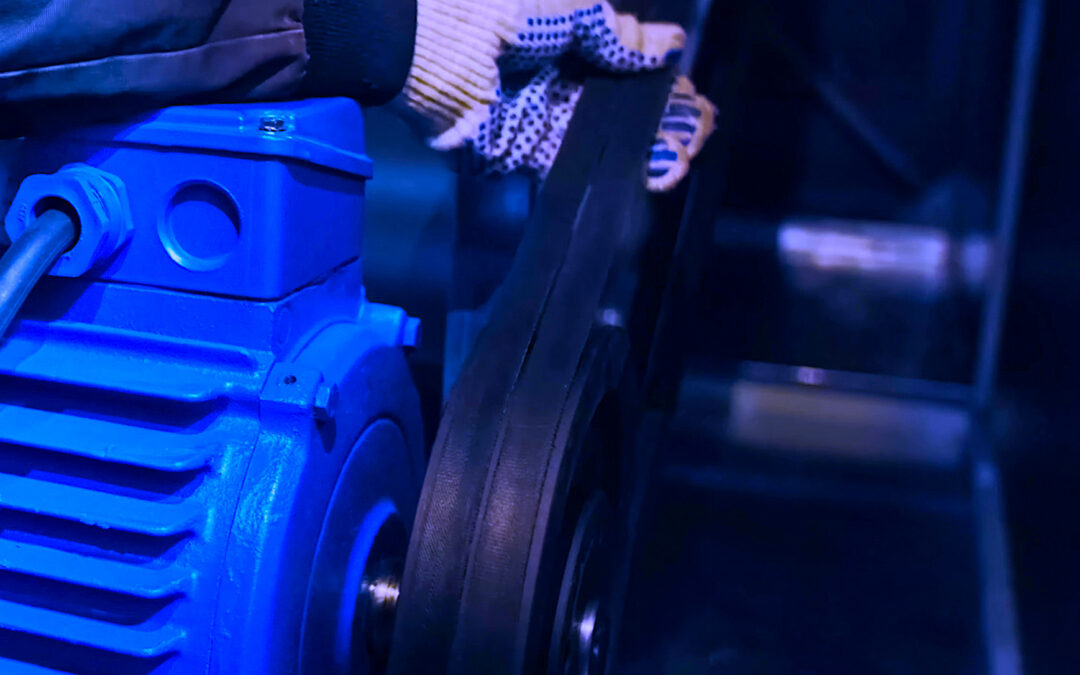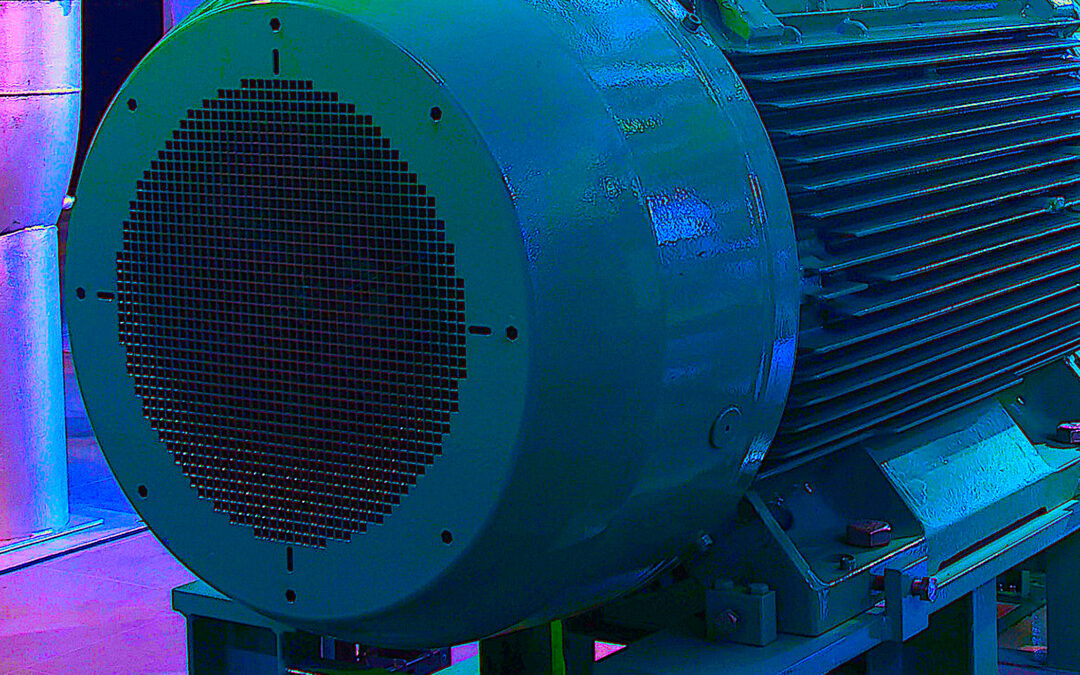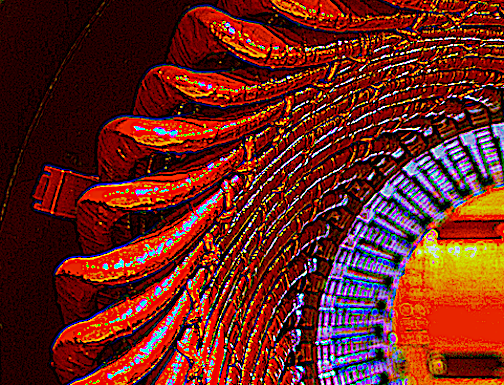
by Howard Penrose, Ph.D., CMRP | Jan 9, 2021 | Electrical Reliability, Motors & Drives
In this article, we use Electrical Signature Analysis (ESA) to evaluate a drive-end bearing in a 1210 rpm, 1.5 MW, 690 Vac wind-turbine generator. The problematic 6330M bearing was found during routine analysis of a wind-power site. One of the challenges of projecting...

by Howard Penrose, Ph.D., CMRP | Jan 3, 2021 | Electrical Reliability, Motors & Drives
In some cases, a significantly greater set of data is required to make improvements to a troubled system. When using individual technologies, most technicians are looking for single problems that relate specifically to the selected technology. Consequently, they will...

by Howard Penrose, Ph.D., CMRP | Dec 20, 2020 | Electrical Reliability, Motors & Drives
A loose base is a common electric-motor consideration in new applications and following the aging of a motor-system application. In this case study we explore the use of Electrical Signature Analysis (ESA) and motion amplification to discover the issue and confirm the...

by Howard Penrose, Ph.D., CMRP | Nov 29, 2020 | Electrical Reliability, Motors & Drives
Fans, pumps, and compressors represent 60% of motor-driven equipment. A majority of the fans and a small number of pumps and compressors are belt-driven applications. While seemingly simple, belt applications are notoriously complex, involving belt tensioning,...

by Howard Penrose, Ph.D., CMRP | Nov 13, 2020 | Electrical Reliability, Motors & Drives
In Part I of this series (Nov. 9, 2020, see link at end of this article), we identified the impact of the severity of air-gap changes on the Electrical Signature Analysis (ESA) test results. In the following case study, we will review a pump application on a...

by Howard Penrose, Ph.D., CMRP | Nov 8, 2020 | Electrical Reliability, Motors & Drives
Rotor defects are the most strenuously investigated areas related to Current and Electrical Signature Analysis (ESA). Air-gap eccentricities are the second. What’s interesting is that the rotor-defect issues are one of the least-expected causes of failure for a...

by Howard Penrose, Ph.D., CMRP | Oct 31, 2020 | Electrical Reliability, Motors & Drives
In parts I through IV of this series (see links below), we discussed the theories behind stator-slot signature in relation to Electrical Signature Analysis (ESA) and Current Signature Analysis (CSA). This week, we discuss a real-world example based on Fig. 1, and...

by Howard Penrose, Ph.D., CMRP | Oct 24, 2020 | Electrical Reliability, Motors & Drives
As discussed in Parts I, II, and III about our ongoing literature searches and analyses of failure models associated with stator-winding defects, we have developed two theories surrounding the detection of faults in the stator. In one theory, the defect would be...

by Howard Penrose, Ph.D., CMRP | Oct 17, 2020 | Electrical Reliability, Motors & Drives
Following publication of Parts I and II of this series (Oct. 3, 2020, and Oct. 9, 2020, respectively), we continued our literature search for information on stator analysis (from academic and other types of technical papers). And, unfortunately, we continued to come...

by Ken Bannister, MEch (UK), CMRP, MLE, Editor | Oct 17, 2020 | Motors & Drives, RAM Tools & Methods
In the most basic of terms, an electric motor is a simple device that converts electrical energy into rotary motion that when transmitted to a driven load will perform mechanical work. If applied correctly, the motor will run effortlessly. If set up correctly, the...













